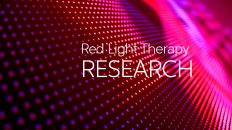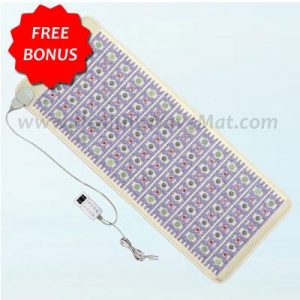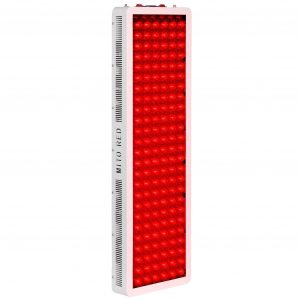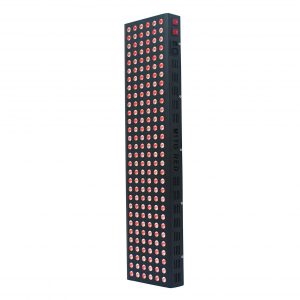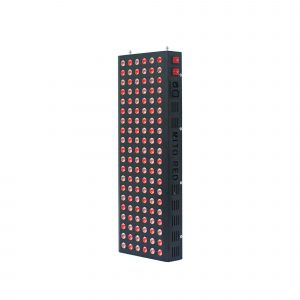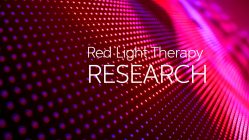The aim of the present study was to evaluate the in vivo response of different wavelengths (red and near-infrared) of light-emitting diode (LED) on full-thickness skin grafts (FTSG) in rats. Thirty rats were randomly allocated into three experimental groups: control group (C); red LED treated group (R); and near-infrared LED group (NIR).
Skin grafts were irradiated daily for ten consecutive days, starting immediately after the surgery using a red (630 nm) or near-infrared (850 nm) LED.
The results showed that the red wavelength LED significantly enhanced the skin graft score in relation to the NIR group and increased transforming growth factor beta (TGF-β) protein expression and density of collagen fibers compared with the other experimental groups.
These results suggest that the red wavelength LED was efficient to improve the dermo-epidermal junction and modulate the expression proteins related to tissue repair.
SOURCE: US National Institute of Health’s National Library of Medicine
https://pubmed.ncbi.nlm.nih.gov/31168678/



